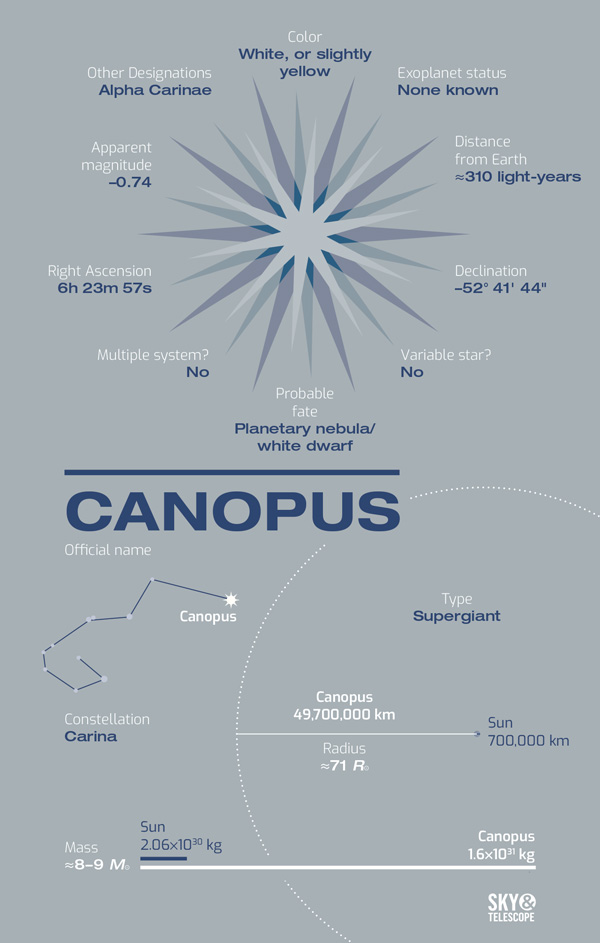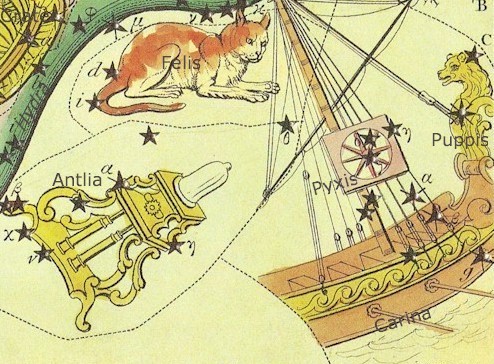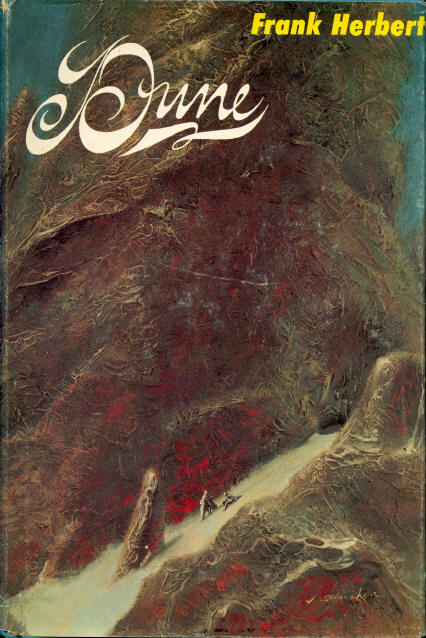WHY CANOPUS?
“Storytelling is essential to communicating and concretizing a vision. A story well told—fictional or non-fictional—pushes us to consider how, where, who, and why we advance, stagnate or regress,” said Dr. Jemison, Principal of 100YSS.
Significance of the Name
The award is named for the second brightest star in the night sky, Canopus, which connects humanity’s past, present, and future through fact and fantasy. Over the millennia Canopus not only heralded planting seasons in the Rift Valley, but was a major navigation star for everyone from the Bedouin of the Sinai and the Maori of New Zealand to deep space probes like Voyager. Just as Canopus has helped explorers find their way for centuries, great writing —telling a story well ––is a guidepost for current and future interstellar achievement.


History and Mythology of Canopus
Canopus is also called Alpha Carinae, the brightest star in the constellation Carina the Keel. This constellation used to be considered part of Argo Navis, the ship of Jason and his famed Argonauts, as seen in our sky. Canopus originally marked a keel or rudder of this ancient celestial ship. Alas, the great Argo Navis constellation no longer exists. Modern imaginations see it as broken into three parts: the Keel (Carina, of which Canopus is part), sails (Vela) and the poop deck (Puppis).
For those far enough south to see it, Canopus was a star of great importance from ancient times to modern times as a primary navigational star. This is surely due to its brightness.
The origin of the name Canopus is subject to question. By some accounts it is the name of a ship’s captain from the Trojan War. Another theory is that it is from ancient Egyptian meaning Golden Earth, a possible reference to the star’s appearance as seen through atmospheric haze near the horizon from Egyptian latitudes.
(Content excerpted from “Will You See Canopus?”
http://earthsky.org/brightest-stars/few-know-the-second-brightest-star-canopus)
The Science of Canopus
Canopus is about 313 light-years away. Spectroscopically, it is an F0 type star, making it significantly hotter than our sun (roughly 13,600 degrees F at its surface, compared to about 10,000 degrees F for the sun). Canopus also has a luminosity class rating of II, which makes it a “bright giant” star much larger than the sun. (Some classifications make it a type Ia “supergiant”.”)
If they were placed side by side, it would take about 65 suns to fit across Canopus. Although Canopus appears significantly less bright than Sirius, it is really much brighter, blazing with the brilliance of 14,000 suns! With non-visible forms of light energy factored in, it surpasses the sun by more than 15,000 times.
Although its exact age is unknown, Canopus’ great mass dictates that this star must be near the end of its lifetime, and is likely is a few million to a few tens of millions of years old. Compared to our sedate middle-aged five-billion year old sun, Canopus has lived in the stellar fast lane and is destined to die young.


Canopus in Fiction
Canopus has not only served a central role for navigators but in the annals of Science Fiction. Chief among its appearances is its position in Frank Herbert’s classic Dune. In the great epic, the space-faring society has become dependent upon a chemical named Spice produced on only one planet in the solar system: Arrakis. The star that Arrakis revolves around is Canopus.
Canopus appears in multiple other works. Wikipedia’s non-exhaustive list includes:
- The Star Kings (1947), novel by Edmond Hamilton. Canopus is a capital of the Middle Galactic Empire.
- Star Bridge (1955), novel by James Gunn and Jack Williamson. The scattered planets are held together by the Eron Company, holder—at least apparently—of the secret of faster-than-light travel through the Tubes. The Tubes are powered by drawing energy from the star Canopus.
- The Stars My Destination (1956), classic science fiction novel (titled Tiger! Tiger! in the UK) written by Alfred Bester. After his apotheosis in the burning cathedral, the legendary Gully Foyle teleports stark naked to the vicinity of several stars, including Canopus.
- Dune (1965) and other novels in the Dune universe by Frank Herbert. The third planet from Canopus is the desert planet Arrakis (Dune), the only source of the “melange spice“, the most important and valuable substance in the universe. As Dune it is the eponymous planet of the franchise.[14] Arrakis, with its giant sandworms, its Bedouin-like human inhabitants (the Fremen) clinging to the most precarious of ecological niches through fanatical scrupulousness in water conservation, and its overall concern with ecological themes, is possibly the most convincing planetary romance environment created by any science fiction author.[46]
- “Where No Man Has Gone Before” (1966), episode of Star Trek: The Original Series written by Samuel A. Peeples. The fictional sonnet Nightingale Woman is ascribed as written by “Tarbolde of Canopus” in the year 1996.
- “The Kidnappers” (1967), episode 28 of the television series The Time Tunnel created by Irwin Allen. The time travelers are transported to a planet orbiting Canopus to rescue Dr. Ann MacGregor, whose abductor left behind a metallic computer card providing the coordinates. In the episode, the distance from the Earth to Canopus is given as 98 light-years, a value within the broad range of distances considered possible by astronomers in 1967. With data provided by the Hipparcos satellite telescope (1989–1993) this distance is now known to be 310 light-years.
- “The Ultimate Computer” (1968), episode of Star Trek: The Original Series written by D. C. Fontana The USS Enterprise visits the planet Alpha Carinae II. In the remastered version of the series (2008), the planet was refurbished and given a more realistic appearance.
- “The Eye of the Beholder” (1974), episode 15 of Star Trek: The Animated Series written by David P. Harmon. The Enterprise crew beams down to the planet Lactra VII to discover a series of unusual environments, including one constructed as a copy of the desert planet Canopus III (compare Canopus: Dune above). While exploring, the crew meets the Lactrans, a group of twenty foot slugs with intellectual capacities far beyond their own. The team is captured by the Lactrans to be made part of a zoo collection.
- Shikasta (1979), first novel in the Canopus in Argos series by literature Nobelist Doris Lessing. The series fictionally reinterprets the past history of the planet Shikasta (Earth) as playing out under the influence of three galactic empires: Canopus, Sirius, and their mutual enemy, Puttiora. The novel Shikasta is presented in the form of a series of reports by Canopean emissaries to Shikasta—but at a deeper level, it is a record of their struggle to come to terms with human sexuality, politics, and mortality, all through the lens of Sufi mysticism.
- BattleTech (1984), wargame and related products launched by The FASA Corporation. The Magistracy of Canopus is an interstellar nation in the fictional setting of BattleTech. The magistracy was formed by defectors and soldiers from forces attached to the defense forces of Andurien.
- Frontier: Elite II (1993) and Frontier: First Encounters (1995), computer games written by David Braben et al. Canopus has colonies dedicated to mining, including two dwarf planets that share the name Camp Lawrence.
(Content excerpted from Wikipedia.org)
What a phenomenon it has been — science fiction, space fiction — exploding out of nowhere, unexpectedly of course, as always happens when the human mind is being forced to expand; this time starwards, galaxy-wise, and who knows where next.
